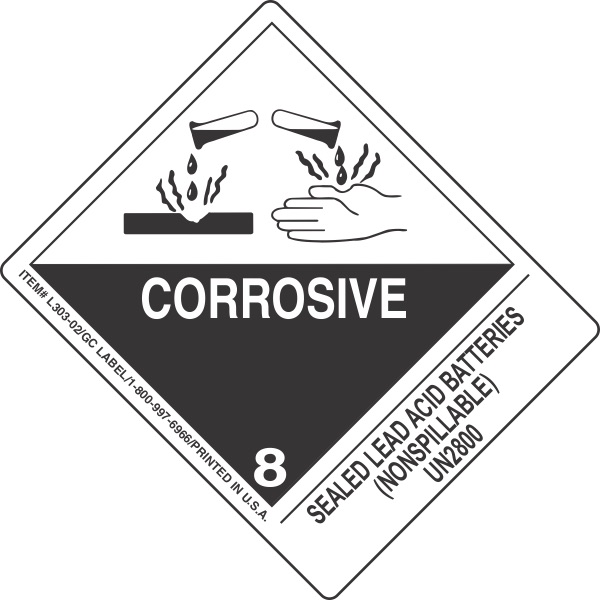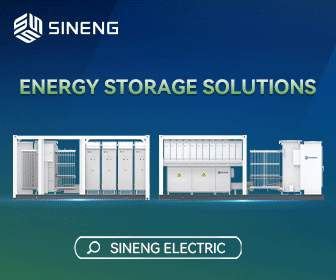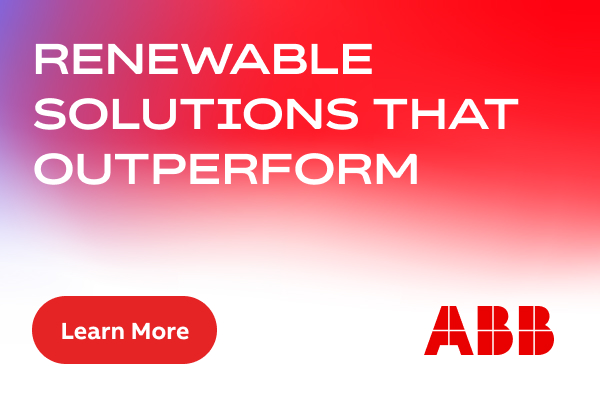Will Lead Carbon Be the New Go-To?
The world energy storage market is booming, with experts projecting sales increases of more than 40 percent this year. Boosted by the $5 Billion in incentives by the Inflation Reduction Act (IRA), the current US battery storage market is expected to grow from around $3.6 Billion dollars to over $15 Billion by 2030. Battery storage is the fastest growing consumer market in the USA. Grid instability, rising costs of electricity, and IRA Grants and Rebates are driving this rising demand. There are a lot of battery storage products out there, but the information to guide the consumer is confusing at best, leaving buyers wondering what technology is best for them.
 Not too long ago, all we knew was Lead Acid batteries. We knew they were high maintenance — you constantly had to check the specific gravity of the electrolyte and add distilled water, and they tended to boil over and create a nasty sulfur smell after a few years of duty. They were heavily used in energy storage, and required battery boxes to be built around them with ventilation fans that exhausted the sulfur gas outside the home. If not properly maintained, they only lasted a few years.
Not too long ago, all we knew was Lead Acid batteries. We knew they were high maintenance — you constantly had to check the specific gravity of the electrolyte and add distilled water, and they tended to boil over and create a nasty sulfur smell after a few years of duty. They were heavily used in energy storage, and required battery boxes to be built around them with ventilation fans that exhausted the sulfur gas outside the home. If not properly maintained, they only lasted a few years.
As a country, we tend to adopt things later than sooner. In 1971, the sealed battery or “SLA” (Sealed Lead Acid) battery was invented, yet wasn’t predominately used for energy storage systems until the late 80’s. SLAs had advantages over the older wet batteries because they used internal matting to absorb the acid in the battery, so there was no danger of spilling. And with internal valve regulation, known as a “VRLA” (Valve Regulated Lead Acid), they didn’t vent any gasses externally or require maintenance. On the plus side, they lasted a little longer. While they are still used in energy storage today, they have their down sides. The major disadvantage of traditional lead acid and the newer sealed batteries is that the usable energy they store is only around 50 percent of the capacity rating, so a 200AH (Ampere Hour) battery is only good for 100AH of actual use; draining the battery lower would cause heavy loss of cycle life. And if left too long in a state of discharge, they would “Sulfide” up, which means that the sulfur in the battery would stick to the negative plate causing it to lose its ability to maintain a charge.
In the early 90’s we were introduced to Lithium-Ion. Due to instability issues, however, by 1997 they were replaced with Lithium Potassium (LifePO4) batteries which were more stable, and the version found in most of the energy storage systems today. The Lithium battery technology brought a whole new set of benefits to the storage industry; batteries were now available that lasted 10 years or more, could be cycled deeper than any other battery technology without damage or sulfating, and were truly maintenance free, as well as lightweight, making them perfect for electric vehicles. Great technology, however, comes at a cost. Thermal runaway is a big risk to the point where states have begun adopting new regulations for fire protection in homes with lithium-based battery systems. These regulations include requiring 24-inch concrete barriers around them, because if any broken cells are exposed to water or air, they become explosive. Additionally, all lithium battery based technologies require some form of rare earth mineral mining, processes that are very damaging to the environment and the people that work in them. Because the mining is so dangerous and bad for the eco system, there is little to no mining done in the US; most rare earth mineral mining is done in Chile, Argentina, Australia and China — and most of these mines used forced labor to get the minerals, as well as using underaged children. So, while Lithium batteries solve many of the storage problems, they still have stability issues. They are limited in recyclability, and the limited amount that can be recycled is more expensive than making new batteries. They also pollute our environment, the carbon footprint left by the process is far from “Green”.
.jpg)
What’s the answer? Remember when I said that the USA tends to be a late adopter? In the late 1800’s, carbon was used in a battery to improve its performance. By the mid 50’s, Graphene (a form of carbon commonly used in pencils) was used to improve the performance of many battery technologies, including lead acid. In 2010, scientists created the modern Lead Carbon battery (C-Pb), also known as the carbon composite battery. What they discovered is that, while adding graphene to the electrolyte improved performance, there was still the issue of a battery sulfating up when sitting at a state of discharge. Suddenly. a light went off, and they thought, “Hey! If we add graphene, which by itself is very slippery to the plates of a battery, then the sulfur wouldn’t stick to them!”
They were right: By adding a high percentage of graphene to the negative plates of the battery, not only could the battery be cycled just as deep as the LiFePo4 lithium batteries on the market, but it didn’t get sulfur build up on the plates when it sat at a state of discharge, making its cycle life very similar (if not equal to) most of the lithium batteries on the market. The exception being that this is nothing more than a Sealed Lead Acid battery with improved electrolyte and plates, which costs very little additional to produce compared to a conventional sealed battery — it suddenly became a contender with the much more expensive storage options out there. These lead carbon battery choices are making waves in the US due to their many advantages, including higher stability than any other battery on the market, low carbon footprint to produce with no rare earth mining, and low cost to the consumer. The down side? While it’s great for home energy storage it’s still as heavy as traditional batteries, so it’s not a great choice for the electric car market. For home energy storage, it’s a dominating choice that’s already available, 100 percent recyclable (at any of the 50,000 locations that now recycle standard batteries), have no thermal runaway issues, don’t react when exposed to water or air, and last over 10 years without breaking the bank — all of which makes them a stable and safe choice that’s a win for everyone.
Chris Milner is CEO at Univix Power Solutions. He has a degree in Electrical Engineering, with over 30 years’ experience in the on/off grid solar industry as an installation company. In 2018, Chris co-founded Univix in Laconia, NH, with the goal of manufacturing energy storage solutions that were environmentally friendly, powerful, easy to install, and affordable for everyone.
Univix | univix.com
Author: Chris Milner
Volume: 2024 January/February










